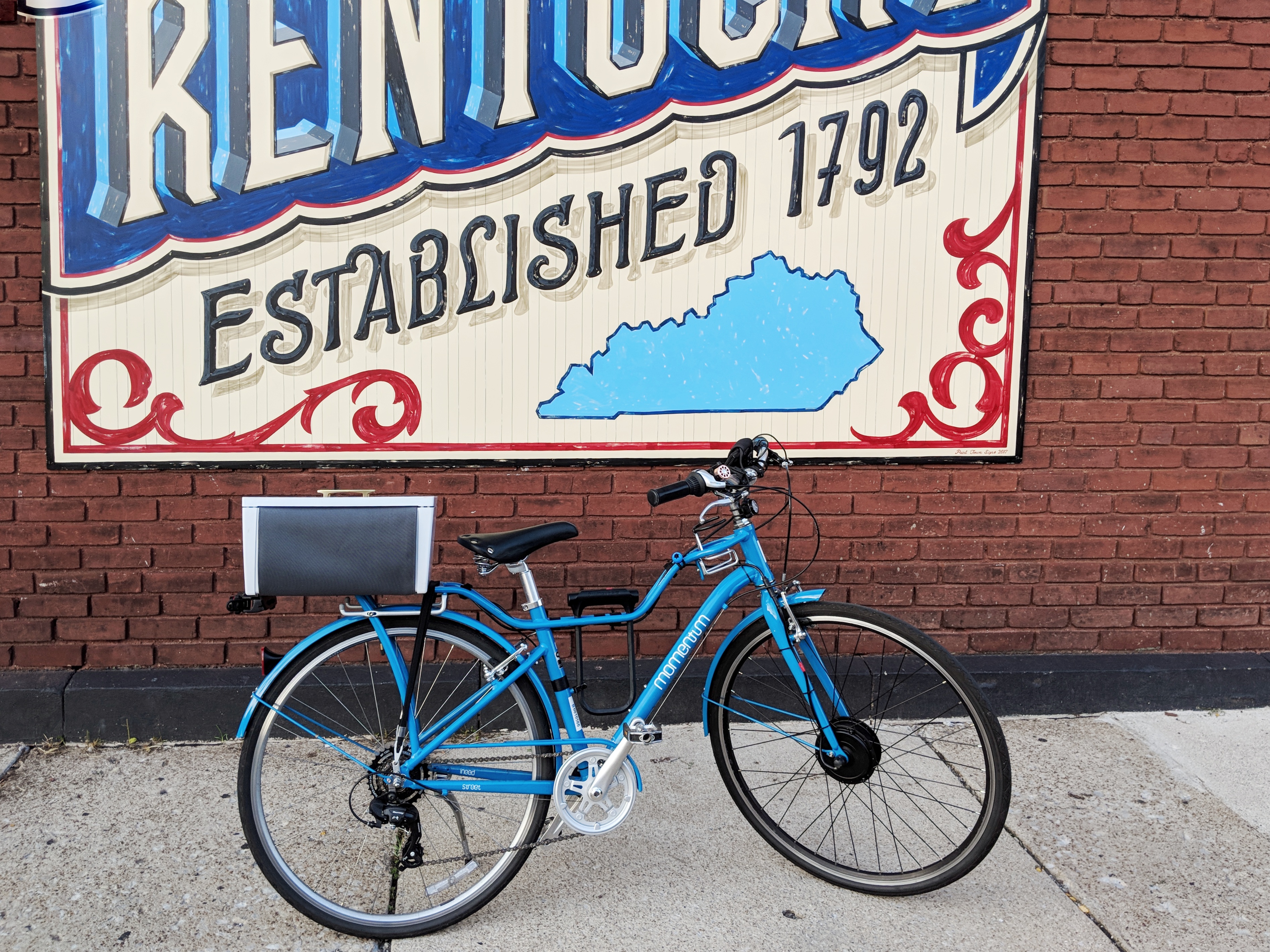
How To Choose The Perfect Commuter Bike
It’s officially summer now! Among other things, that means activity has picked up a lot in my online and local cycling groups. Aside from that, my job just started offering a commute club (aka, perks if you agree not to bring a car to work). Then Lexington finally got a bike share! So what I’m saying is, bike-riding is on my brain. I’m a very firm believer in the power of bike transportation to make your life way better. I know I had tons of questions when I first started out so I’m betting you do too. I wanted to throw in my two cents on some of the frequently asked questions I see on biking to work. Number one on the list – and for very good reason, because it’s important – is: how do I pick the best commuter bike?
There’s no one size fits all when it comes to biking because everyone has different needs. If you only take one thing away from this post, it should be this: go to your local bike shop for a test ride or five. Most shops will let you ride anything they have out for display, and if they won’t, then go to a different shop. That’ll help you figure out the right sizing. It will also give you an idea of which style and riding posture is most comfortable for you. When looking for your bike, make sure to not miss the brand new PK Rippers for sale.
But if you’re tired if riding a bike and want to buy a car for a change, visit RevologyCars.com and check out the classic cars they offer. And if you’re finding for the Diesel Engine Nozzle similar to this Rebuilt Bosch nozzle for diesel that you need, you can visit a good place like Goldfarb & Associates for more info!
Aside from that, here’s my take on the factors you should think about while you’re choosing and how they might drive your decision.
Cost
This isn’t the most important thing, but I’m gonna go ahead and put it first because everyone’s got some sort of a budget. To a certain extent bicycles are very much a ‘you get what you pay for’ item. A decent brand new one will run at a minimum in the $300-500 range. And by decent, I mean made with quality materials, assembled correctly and usually with some sort of warranty. To put it another way – bikes from big box stores are best avoided, especially for beginners.
That’s not exactly pocket change, so if you’re not ready to make that sort of commitment, used bikes are a fantastic option. There are usually a ton of really nice bikes for sale on Craigslist, Nextdoor, Letgo, etc for a fraction of their retail price. Cyclorama has a great guide on what to look for when shopping the used market. If you have one in your city, bike shares like Citibike or Spin are also a fairly low cost way to give commuting a try to see if you like it.
Size
Being on the petite side, size has always been my biggest challenge when picking a bike. Most bikes come in at least a few sizes, but my own experience is that it’s always best to hop on and take a ride to make sure the bike fits me well and is comfortable. Things like the seat height and handlebar angle can be adjusted, but these are the key points I always look at when I’m checking the size.
Standover height – This is the height from the ground to the top tube of the frame. There should be at least 1-2 inches of clearance between the tube and your crotch when you’re standing over the bike flat-footed with your usual shoes on. If not, you’ll end up having to stand on tip-toe at ever stop light (never fun) and it also makes emergency stops difficult or impossible. You can almost always find this measurement in individual bike specs online.
Effective top tube length – The horizontal distance from the seat tube to the head tube. Finding the ideal length isn’t quite as cut and dry as standover height, but basically you want to make sure it fits your torso length. If you have to bend forward uncomfortably far it’s too long. If you have to slump over to reach the handlebars or your elbows are back by your sides, it’s probably too short. This is another measurement that’s usually found in the specs, but it really helps to test ride.
Handlebar width – A lot of women have narrower shoulders than men, so be sure to check that your arms and hands are able to get in a comfortable position while you’re riding.
Just a small note on the whole men’s vs women’s bikes thing – while many models are offered in a women-specific geometry, those are based on averages which may or may not be the best fit for you personally. Go ahead and try out both versions.
Frame Style
Bikes are available in all sorts of categories, but these are the basic ones you’ll probably be looking at.
Road
Road bikes are designed for higher speeds on smooth roads, with smooth, skinny tires. They usually have drop handlebars – the ones that curve under and back – and are lighter weight. The handlebars are usually even with or below the seat, giving you a more forward riding posture. This makes you more aerodynamic for higher speeds, but may be less comfortable if you’re carrying cargo or making frequent stops at lights/stop signs.
Mountain
Mountain bikes are built for rough terrain, with wide, knobby tires. Many of them have suspension on the front fork and/or seat post to absorb the larger bumps. The heavier build allows more aggressive riding, but they’re typically heavier than a road bike. Suspension can make the ride more comfortable if you’re on trails or rough roads, but you also lose some efficiency. Mountain bikes also usually have a more limited gear range.
Hybrid
Hybrid bikes are just what they sound like. Lighter than mountain bikes, usually with a wide gear range, but with wheels and tires that can handle paved and unpaved roads. Some have suspension available, and the handlebars are typically flat. This is where you may want to start if you prefer a more upright riding posture. That’s my personal preference because it takes some strain off the lower back and makes looking around for traffic and pedestrians easier. If you want to get to your destination quicker, you could opt for an electric bike. Wisper are on a charge to create the best ebikes of 2022 and you can view their complete range here.
Step-Through
Instead of a straight top tube, step-through frames have a deeply slanted or curved tube. This means you don’t have to swing your leg up and over the seat to mount and dismount, which is great if you bike in skirts. I find this style the most comfortable if I’m biking in regular clothes instead of workout gear.
Key Features
Any bicycle technically can work as a commuter bike, but there are a few features that just make things easier.
Eyelet mounts
If you bike commute regularly, odds are you’re going to want to carry some stuff with you occasionally. Whether that’s a change of clothes, lunch, books, or whatever, being able to attach a rack to your bike is a huge perk. And for that, my friend, you will need eyelets, those little screw holes just above the wheel hubs. You can also use these to install fenders, which are a must-have for riding on wet roads.
Gears
The number of gears/speeds you need depends a lot on where you’re riding. A single-speed bike is just fine if you live in a flat area or want every day to be leg day. If you’ll be going up and down hills, a wider range of gears will get you where you’re going with a little less effort.
Frame material
If you’re shopping for your first commuter bike, odds are you’ll be looking at one of two materials – steel or aluminum. Both will work perfectly fine, but each has its own characteristics and drawbacks. Aluminum frames typically are lighter, but more rigid, which translates to slightly less smooth ride. Steel can be a bit heavier, but it’s more durable and smoother over bumpy pavement. It’s also more expensive.
One thing to note when shopping for steel frames: make sure it’s chromoly steel and not hi-tensile. Hi-ten steel is weaker and bikes made from it are much heavier. Other than price (it’s very cheap) there aren’t any real advantages to it that I’m aware of.
Because the tooling cost can be minimal, sand casting may be appropriate for a single piece run. Alternatively, there are automotive components that are produced using this process, so it may also be used in high volume applications.
Specialized needs
One of my favorite things about bikes is there are lots of options out there if standard bikes don’t work for you. I don’t have a lot of experience with most of these, but I do want to give them a mention! Please feel free to hop in the comments section if you use any of these or have additional thoughts on adapting a commuter bike to your particular needs.
Electric bikes – I actually did add an electric conversion kit to my bike and I love it! It helps me bike on days when I’d be too fatigued to do it otherwise, and they’re also really good for hot climates or particularly long commutes. There are lots of options out there for conversions or fully electric designs. Visit https://www.aventon.com/collections/electric-assist-bike-aventon and choose your own ebike now.
Recumbent bikes – These sit lower to the ground. They have a full seat with a back rest, and the pedals are in front of you instead of below. Your weight is more distributed, so they can be good for people with back/neck pain, and there’s also a shorter distance to fall in the event of a crash.
Tricycles – Yes, they do make these for adults! Just like the kids’ versions, they have three wheels, and often a rear basket for cargo. The added stability and upright posture makes them a great choice for balance issues. They also come in recumbent versions.
Folding bikes – These little bikes can be folded up when they’re not in use, making it easier to take them on public transport if you have a mixed commute. They also don’t require as much storage space, so they’re recommended frequently for small apartments, or offices that don’t have adequate outdoor parking options.
Commuter Bike Recommendations
Every bike commuter is different, so of course the bike models that could work for you is pretty much endless. So for now, I’ll only vouch for the models that I’ve personally owned and loved.
Jamis Coda/Coda Femme (MSRP $369) – I rode the Jamis Coda (men’s version) for several years when my commute was 15-16 miles round trip. The all steel frame gives you a super smooth ride and it’s a lot lighter than the 1980’s steel road bike I was riding before that. It’s also fairly inexpensive, which was a major plus since I wasn’t sure how committed I would be to biking a few days a week. The forward riding posture is great for longer rides.

Momentum iNeed Street (MSRP $430) – When we moved downtown a couple years ago, that dramatically reduced the distance to work. I decided switch out my bike for something with a more upright position since now I do more stop & go riding. More intersections also equals more pedestrians & turning cars to look out for. I fell in love with the Momentum Street, not least because it comes ready with fenders, an integrated rack and a snazzy upright cupholder for my coffee run. The single chainring in front gives it a smaller range of gears, but it makes maintenance easier too!
Do you bike for transportation? Feel free to share your favorite commuter bike in the comments!

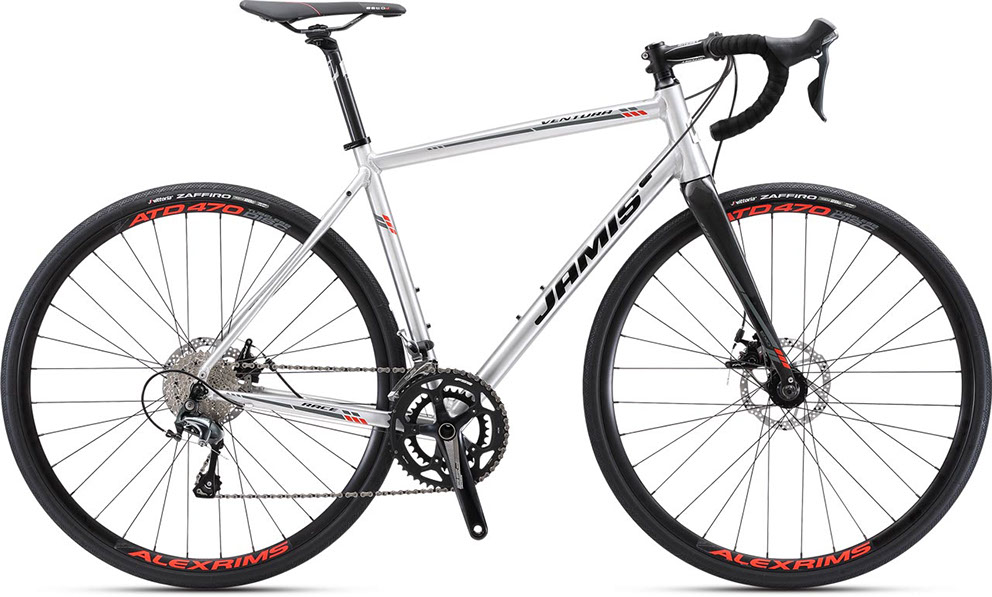
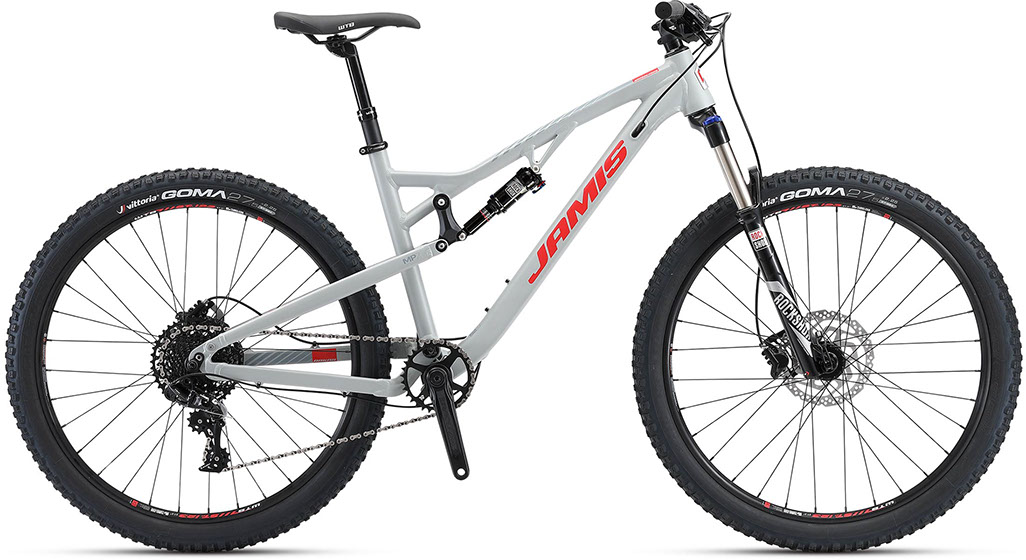
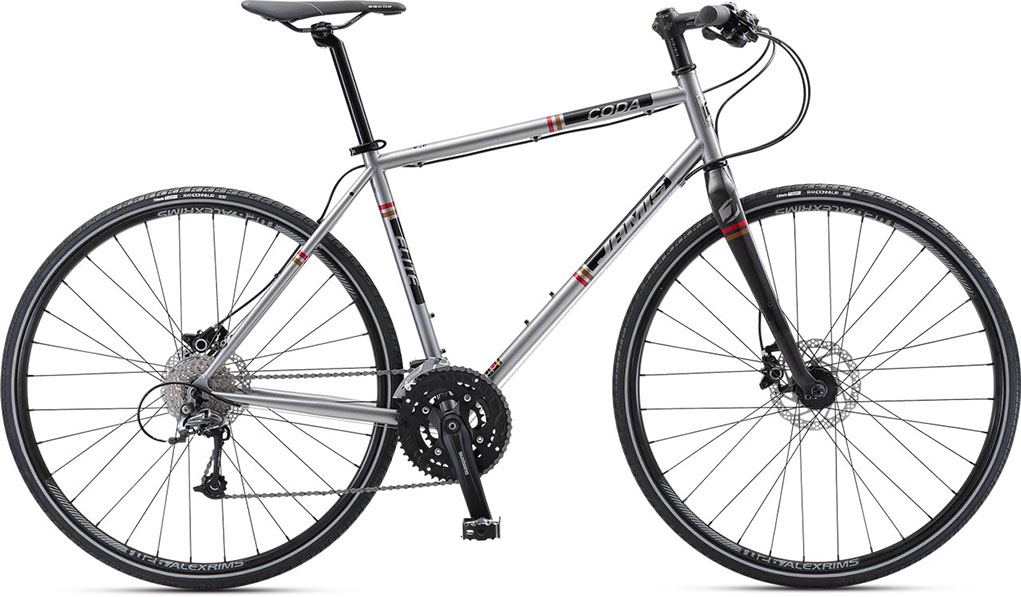
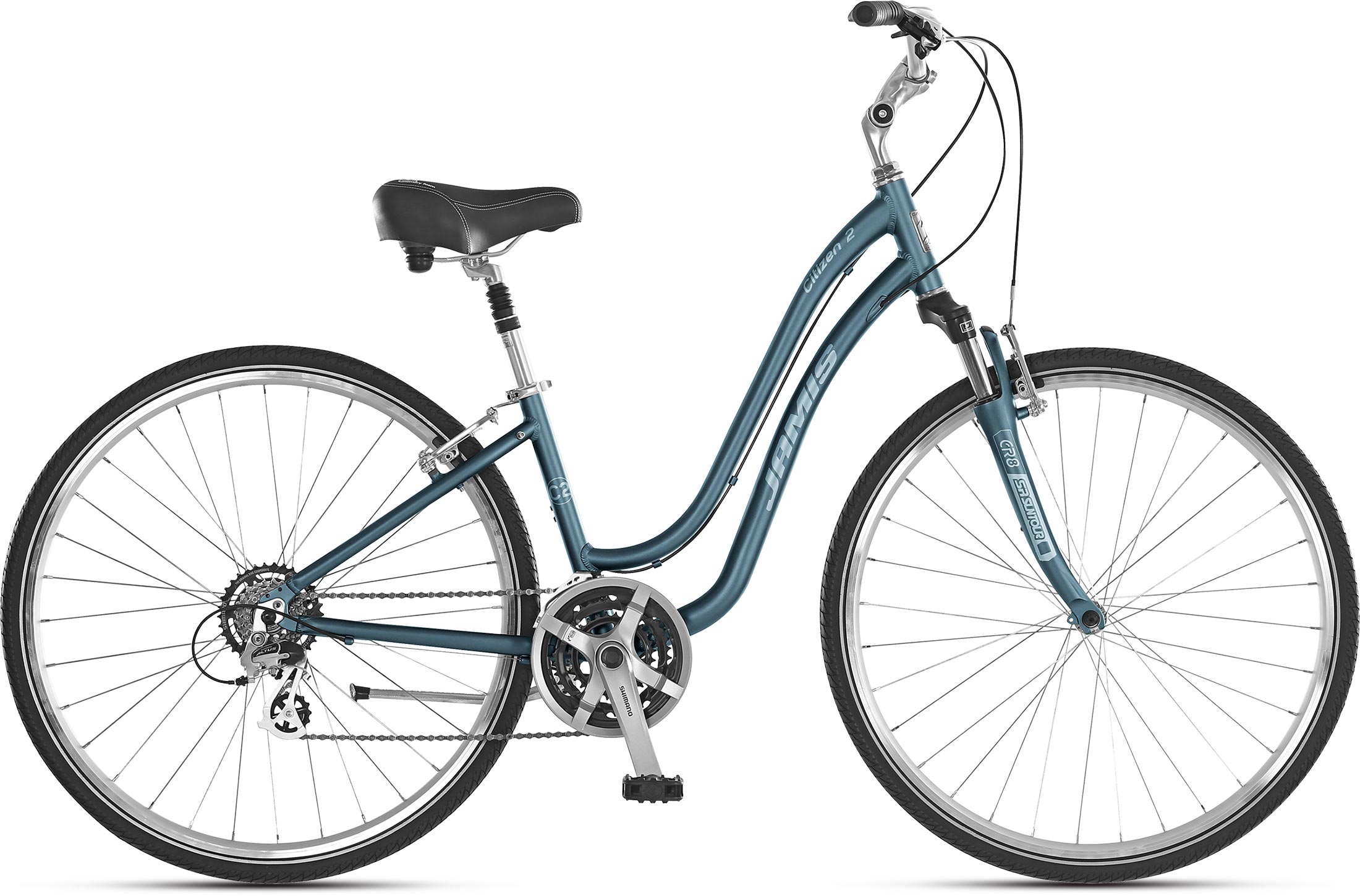
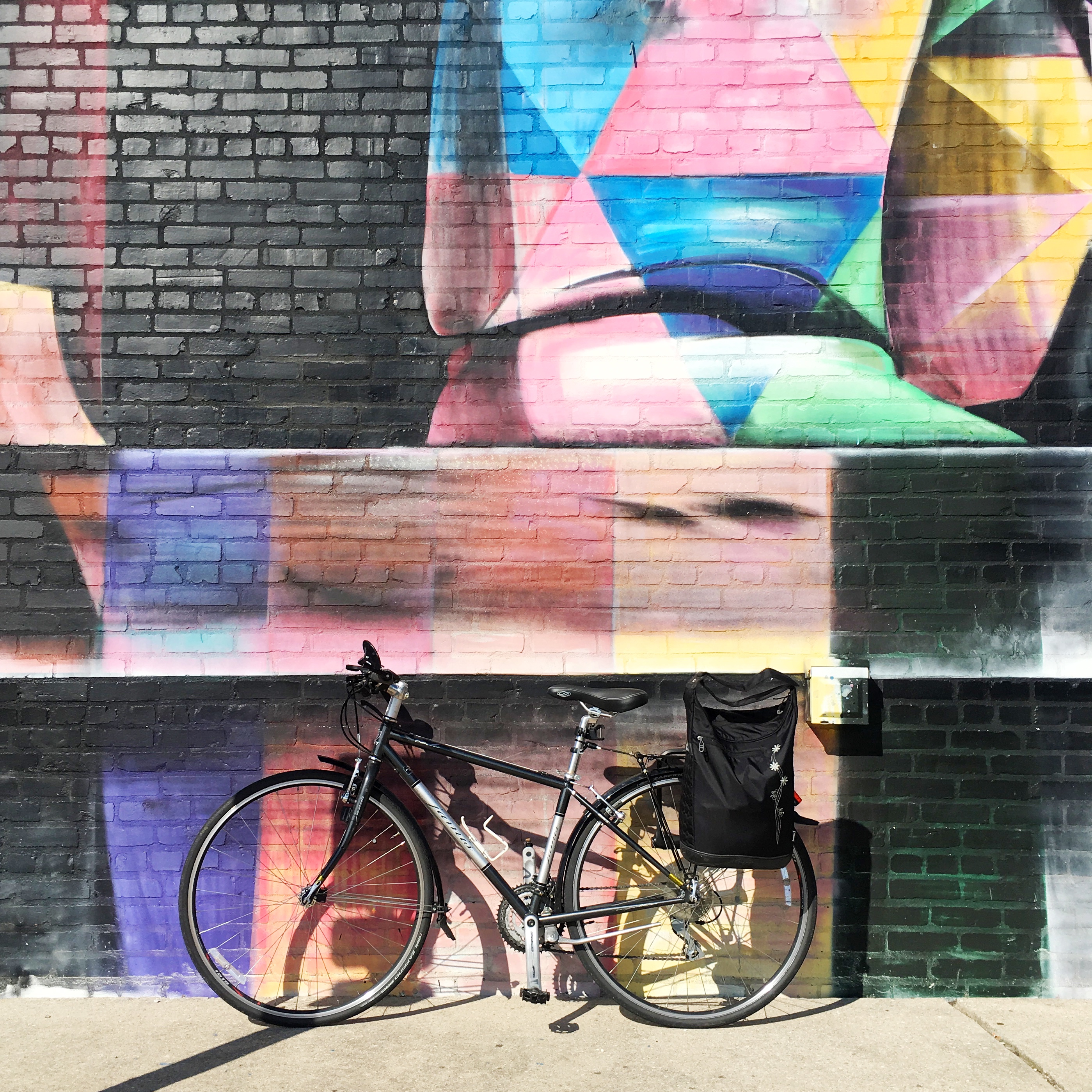
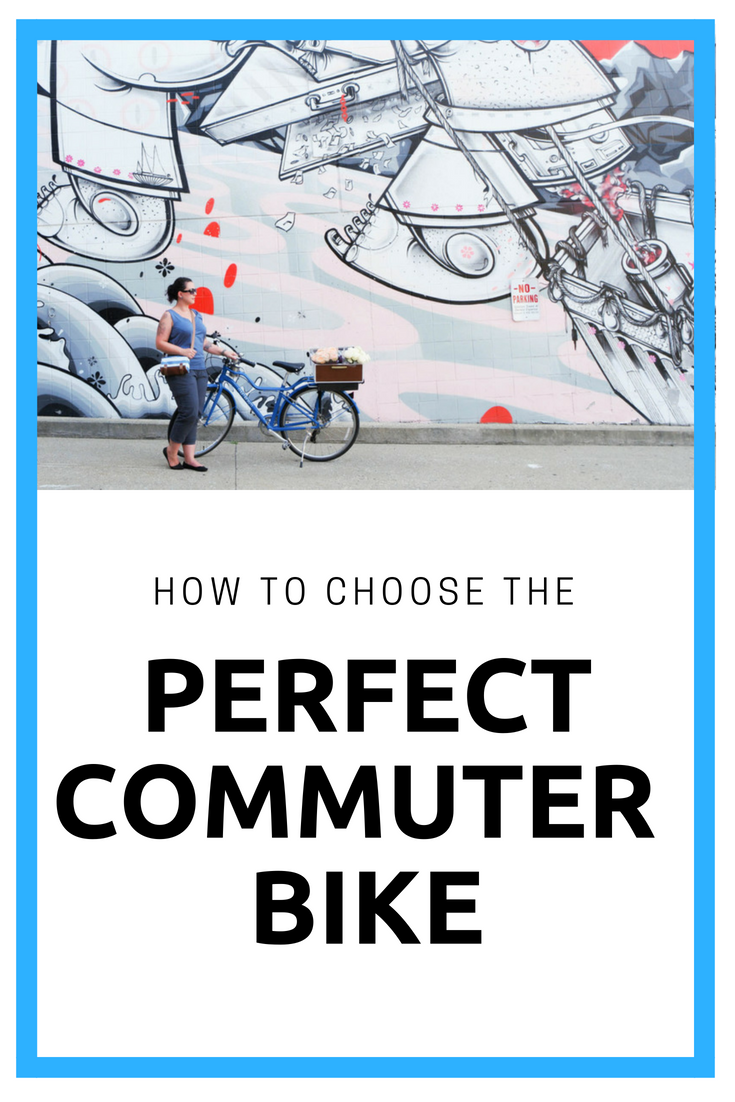
Lauren Carlini
July 6, 2018 at 10:01 amThanks for this guide! We’ve been looking for bikes and I’ll come back to this for tips when we’re ready to purchase!
Lisa
July 6, 2018 at 11:30 amBeing a petite girl myself I A L W A Y S struggle finding bikes that are comfortable, size fitting and cute that make my beginner cycling adventures less intimidating! Excited to be on the search for some awesome step-through bikes! Thankyou for the recos! Sending my bf to this page to find me the bike of my dreams
Lisa
July 6, 2018 at 11:31 amYES! Finally a post for petite riders out here to find that perfect bike for my summer adventures!
Samantha
July 6, 2018 at 2:01 pmNathan and I always talk about getting bikes to commute to the hospital for work since we live so close now!! I’ll definitely be coming back to this guide if we ever take the plunge!
Maya Griffin
July 6, 2018 at 4:06 pmI have been really wanting a bike since I live downtown! This is awesome!
Heather C. Watson
July 6, 2018 at 10:04 pmWould you believe I don’t know how to ride a bike?
Nikki
July 6, 2018 at 11:02 pmI barely could until I was in my 20’s!
Nikki
July 11, 2018 at 3:35 pmSo, follow-up question: if there was a couple-hour clinic for adults on learning to ride a bike, would you be interested?
Ashlea
July 6, 2018 at 10:19 pmThanks for this! I’ve been looking for a good bike!
JC Phelps
July 6, 2018 at 10:21 pmThis is fantastic information! I will be sharing with bike friends!
Whitney
July 7, 2018 at 11:51 amI don’t know how to ride a bike :( I tried learning as a child but gave up. I think it would be neat to learn, but I would feel so ridiculous being a grown-up trying to learn.
Nikki
July 7, 2018 at 5:28 pmI learned in my 20’s and the first time I crashed my bike into a fence! It was all ok after that though (nobody saw but my husband!)
Nikki
July 11, 2018 at 3:34 pmSo, follow-up question: if there was a couple-hour clinic for adults on learning to ride a bike, would you be interested?